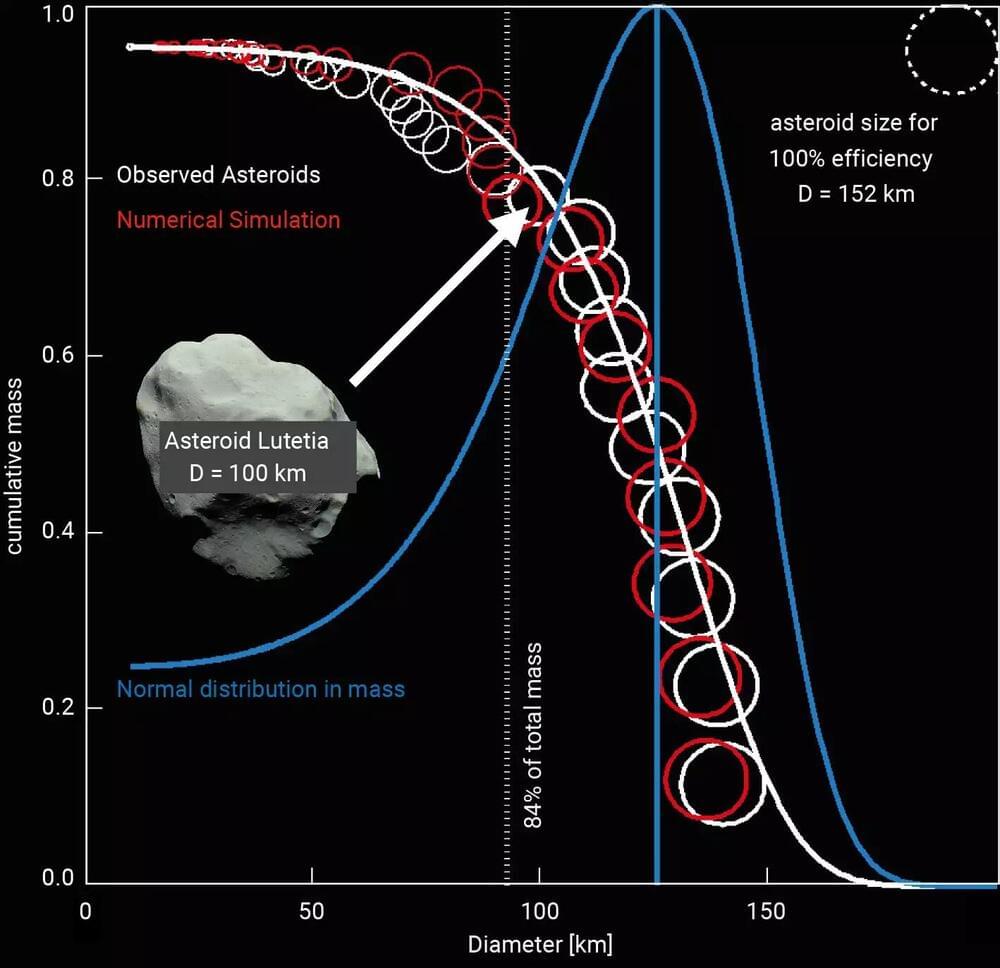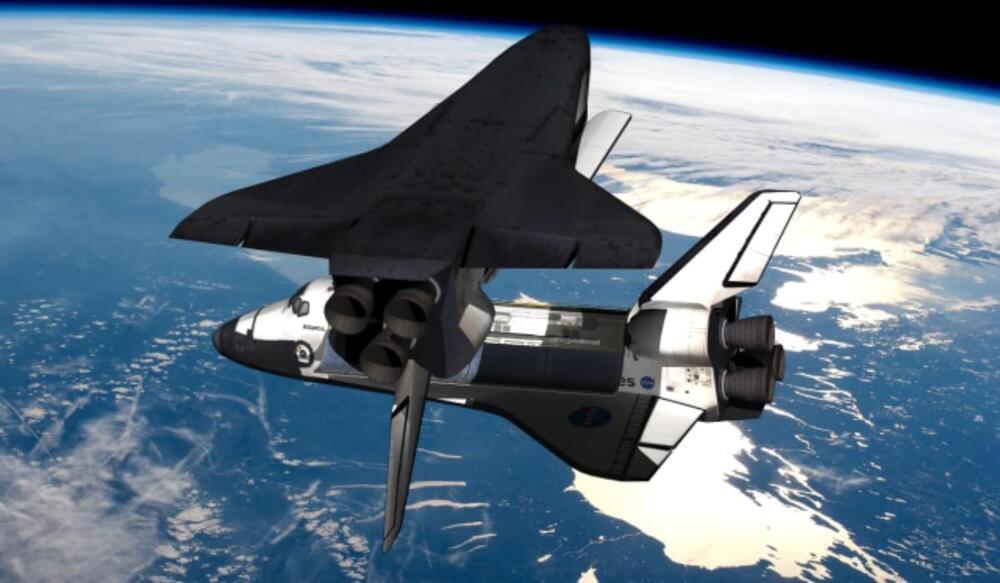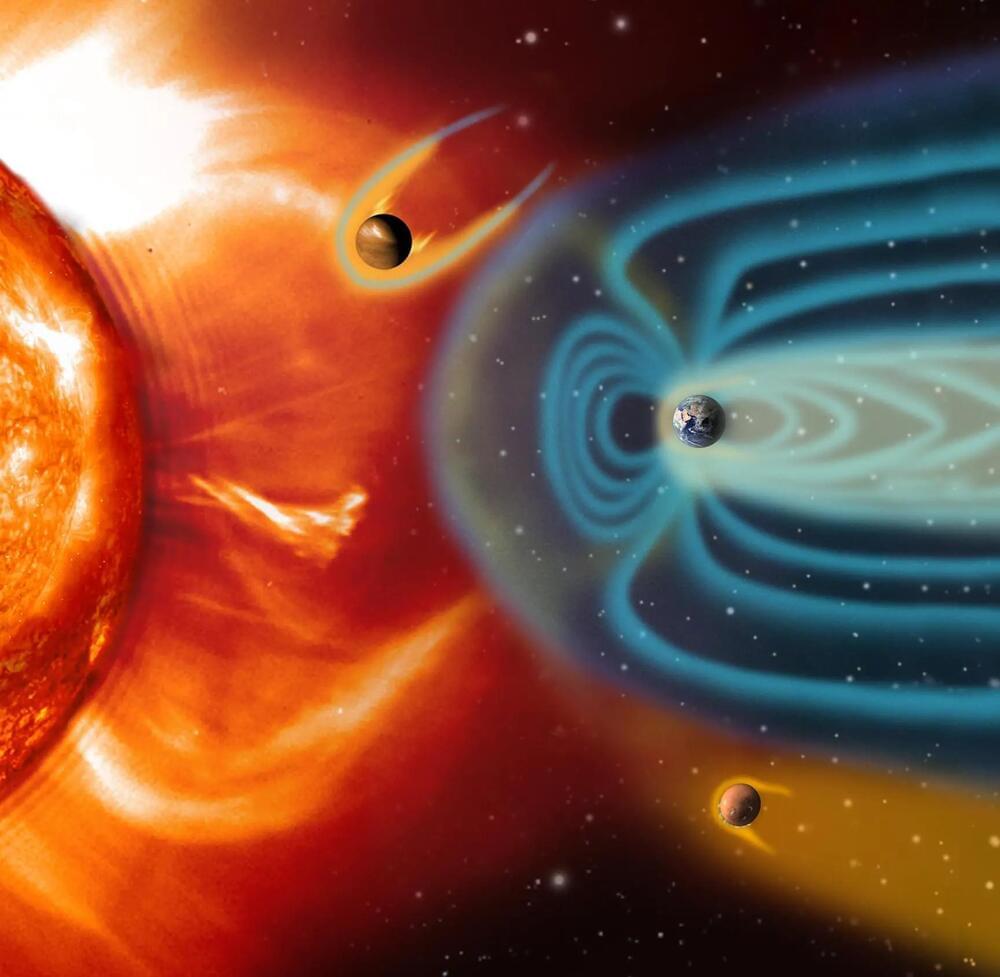With simulations that go into finer details than ever before, Brooke Polak of the University of Heidelberg and Hubert Klahr at the Max Planck Institute for Astronomy (MPIA) have modeled a key phase in the formation of planets in our solar system: the way that centimeter-size pebbles aggregate into so-called planetesimals tens to hundreds kilometers in size. The simulation reproduces the initial size distribution of planetesimals, which can be checked against observations of present-day asteroids. It also predicts the prevalence of close binary planetesimals in our solar system.
In a new study published on arXiv and accepted for publication in The Astrophysical Journal, astrophysicists Brooke Polak from the University of Heidelberg and Hubert Klahr from the Max Planck Institute for Astronomy used simulations to derive key properties of so-called planetesimals—the intermediate-size bodies from which planets formed in our solar system roughly 4.5 billion years ago.
Using an innovative method for simulating planetesimal formation, the two researchers were able to predict the initial size distribution of planetesimals in our solar system: how many are likely to have formed in the different “size brackets” between roughly 10 km and 200 km.






